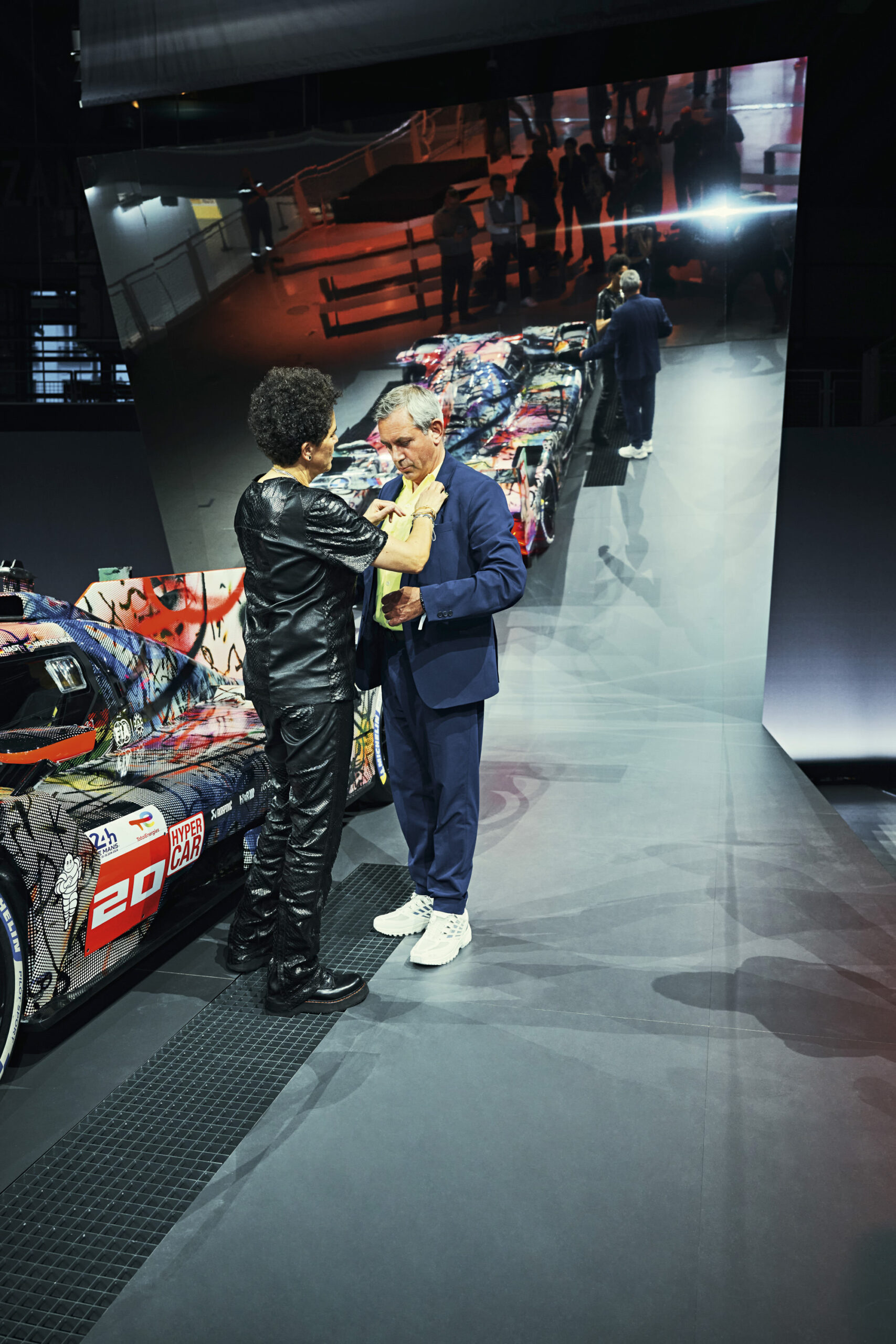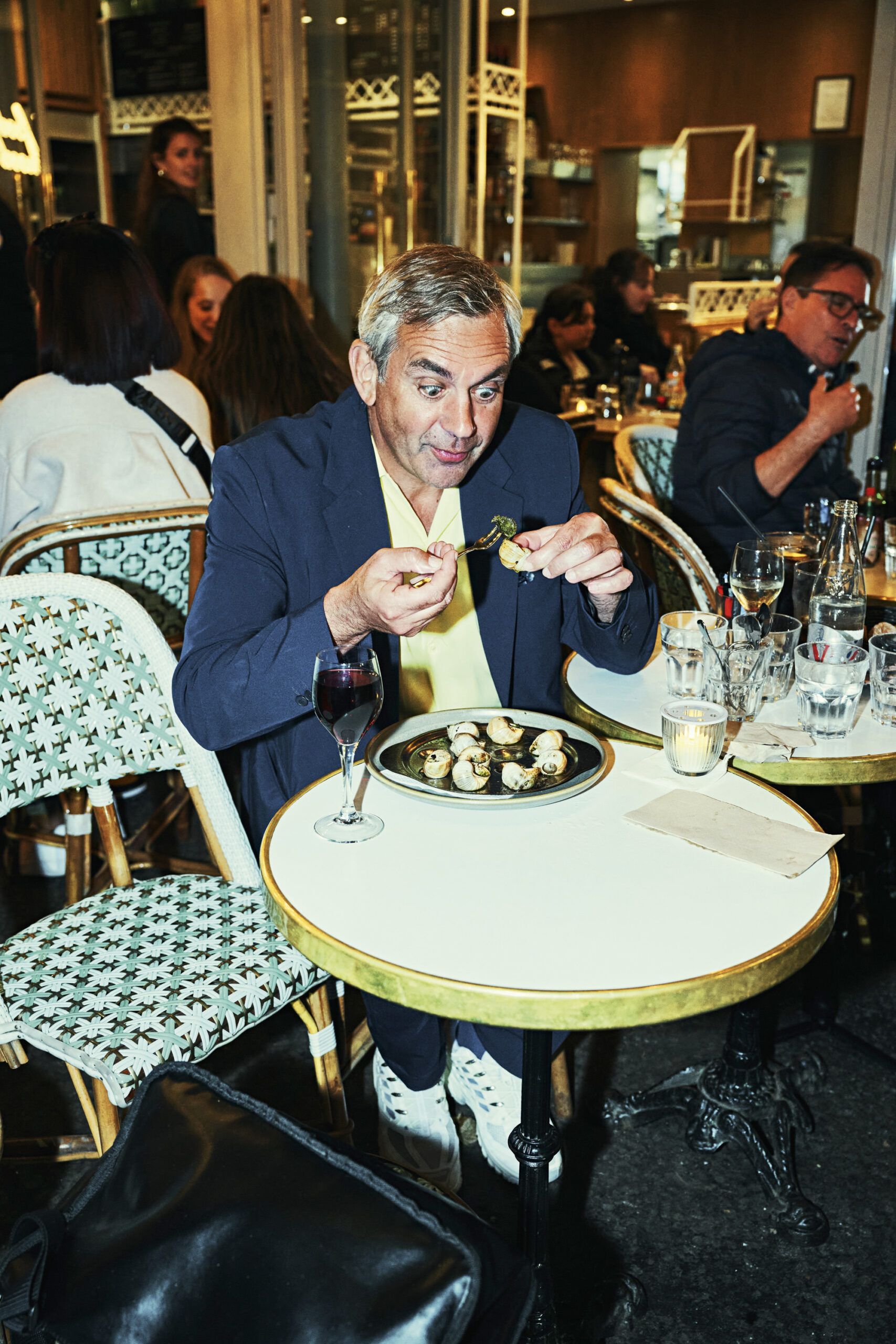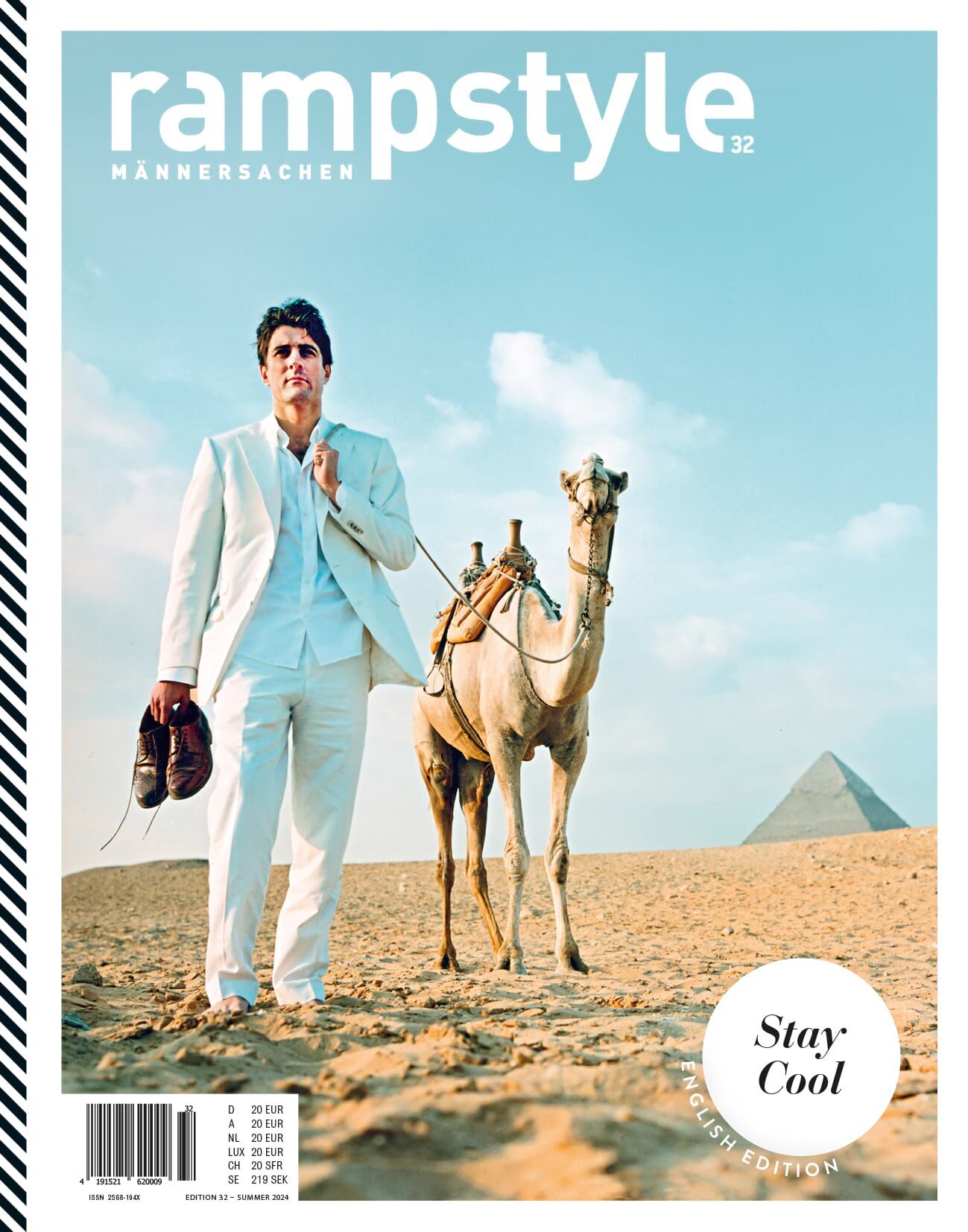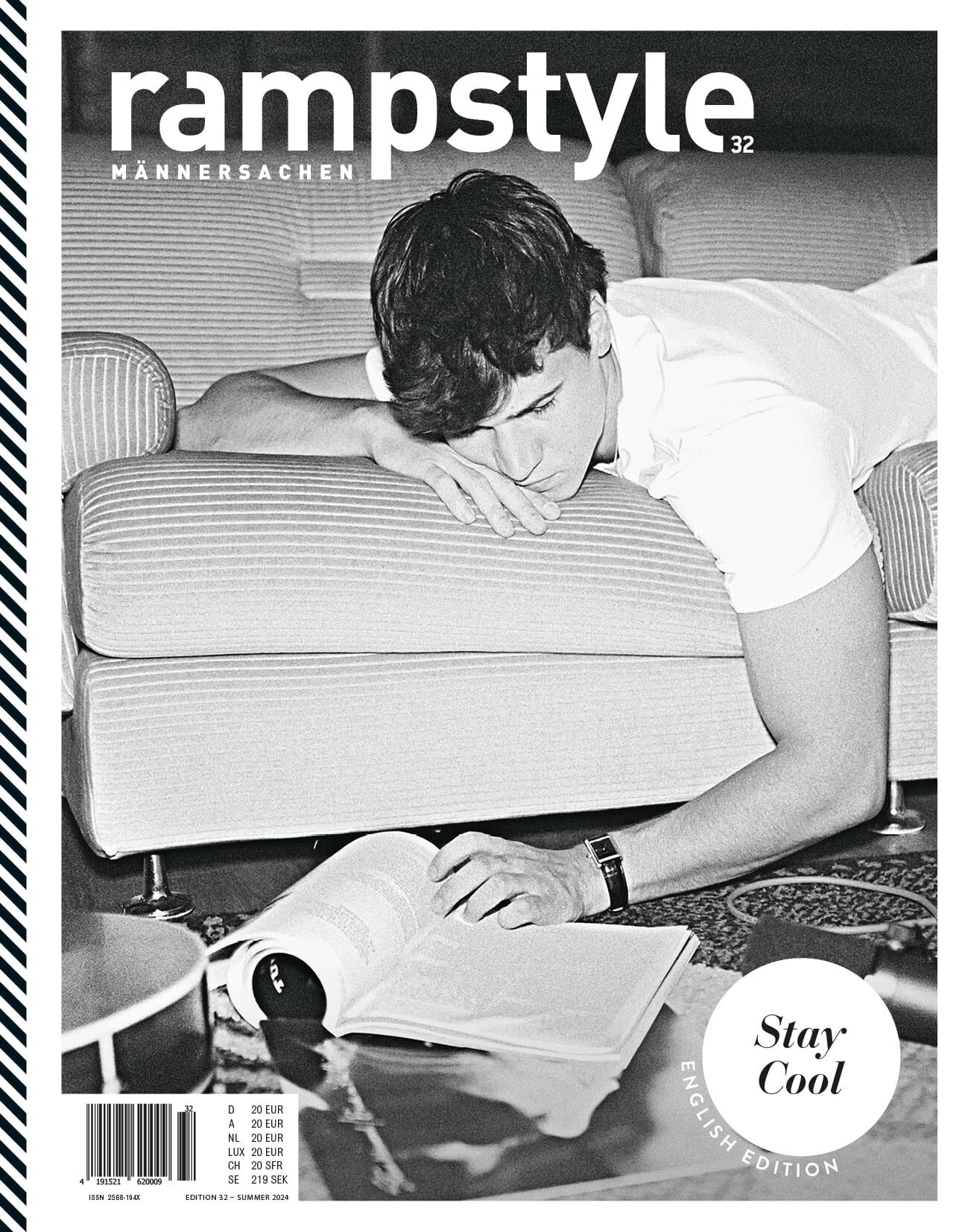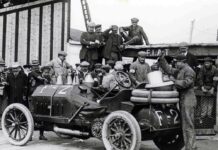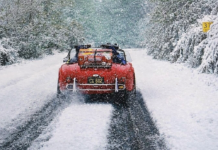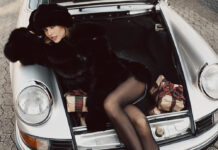First our author attended the unveiling of BMW’s 20th Art Car at the Centre Pompidou. And because Paris never sleeps, he was enticed to pay a late-night visit to one or two landmarks in the French capital.
He then topped it all off with a few escargots.
Though apparently many of them had also gone out on the town.
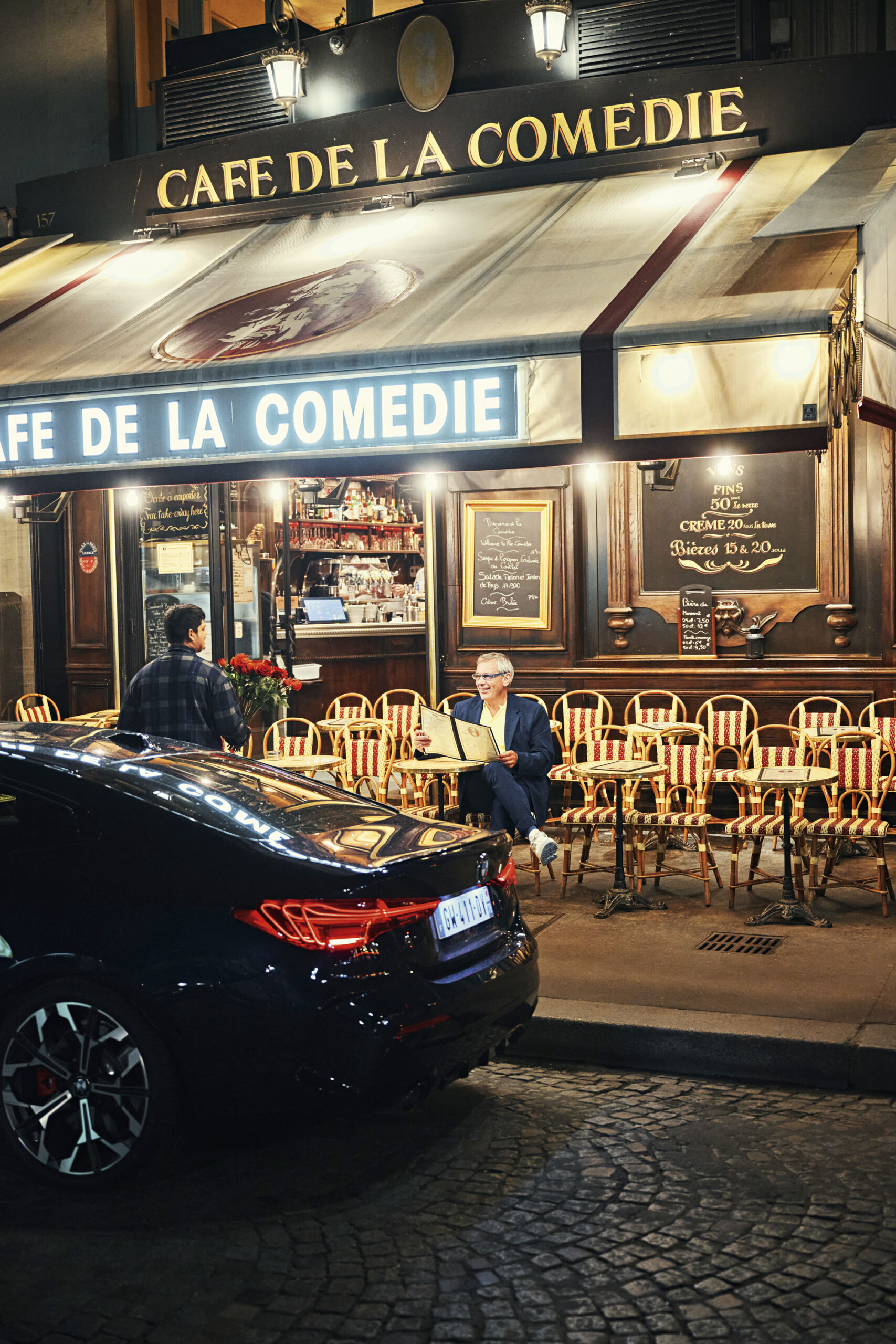
Over thirty years ago, like many of my countrymen who had fled the Soviet Union, I was granted humanitarian asylum in Berlin. People still ask me about my experience, in both private conversations and public interviews. Why Germany? To many people, it doesn’t seem like an obvious choice. Germany doesn’t have a very good reputation within Europe. According to a recent poll, the French, the Spanish and the Italians regard the Germans as too serious, boring and hard-working. You don’t say things like that about friends. “How could you ignore the whole diversity of the European continent back then and emigrate to Germany of all places?” I am asked. The simple truth is that my friends and I didn’t explicitly want to go to Germany, we just wanted to get out of the Soviet Union, our own private evil empire that wouldn’t let us go anywhere before. In 1990 the fall of the Berlin Wall finally gave us a chance to say “au revoir” to our homeland. But such a mundane explanation sounds too serious and boring. So I once joked that I had actually always wanted to go to Paris, and that I ended up in Germany because I got on the wrong train. This fictional mix-up was met with understanding, it’s a situation most people could apparently relate to. That can happen to anyone: you accidentally get on the wrong train and your life takes a completely different turn. Ever since I started telling this made-up story about the train mix-up, my friends have been trying to send me to Paris.
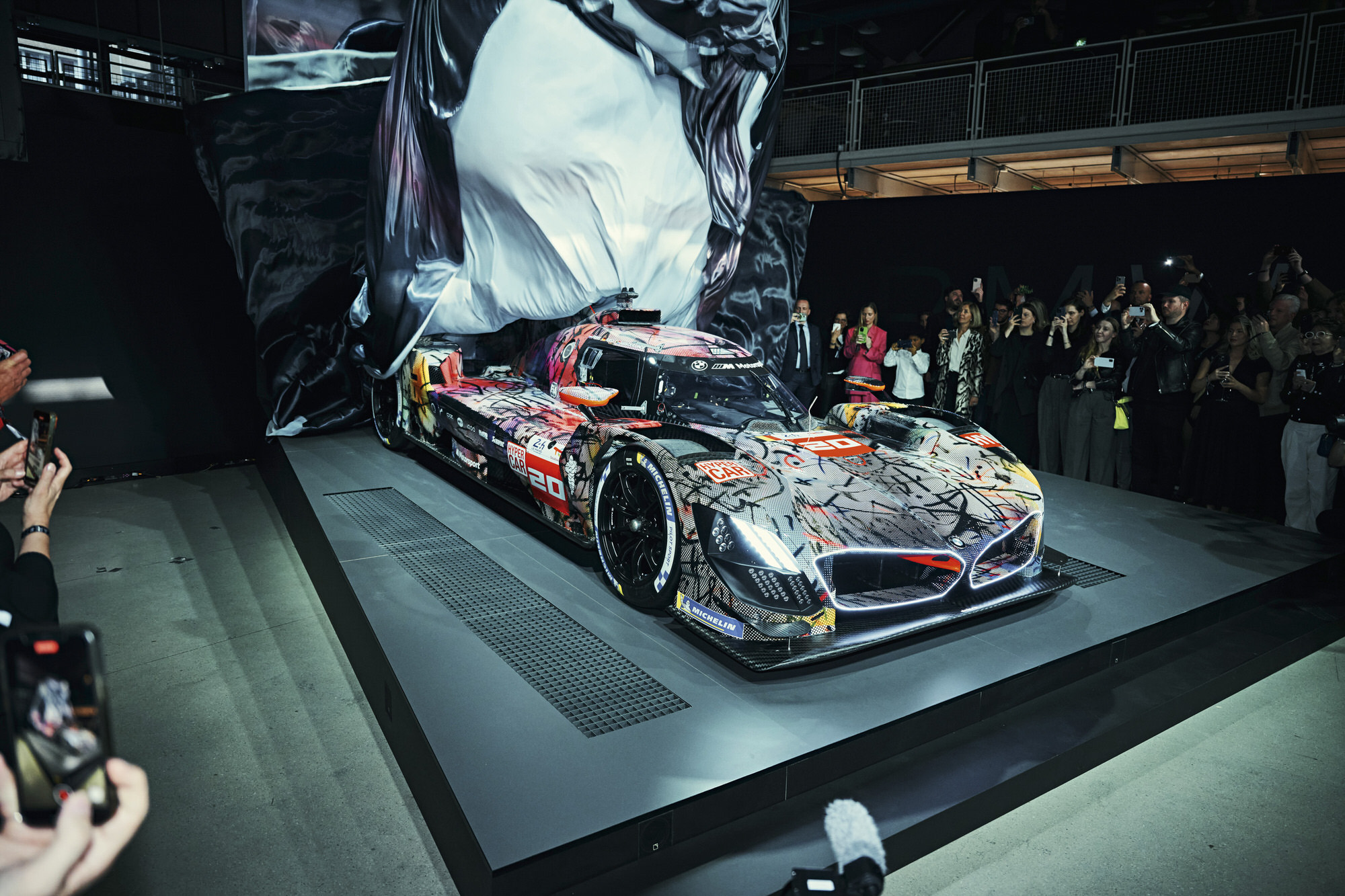
“Didn’t you actually want to go to Paris?” asked Michael, the editor-in-chief of ramp. “Now would be a good opportunity. BMW is celebrating a premiere in Paris, presenting the twentieth Art Car at the Centre Pompidou. You’re invited to fly to Paris for a night.”
For fifty years, BMW has had some of the world’s most renowned artists transform their cars into exceptional works of art, a blend of visual aesthetics and technology. In 1979 Andy Warhol used a paintbrush to transform a sporty M1 into the most valuable car in history, and in 2010 Jeff Koons conjured an exploding rainbow onto a BMW M3 GT2. This year’s artist is Julie Mehretu. The New York-based visual artist covered the BMW M Hybrid V8 with an explosion of color that reminded me of the images captured by the James Webb Space Telescope when it sent us its greetings from outer space last year.
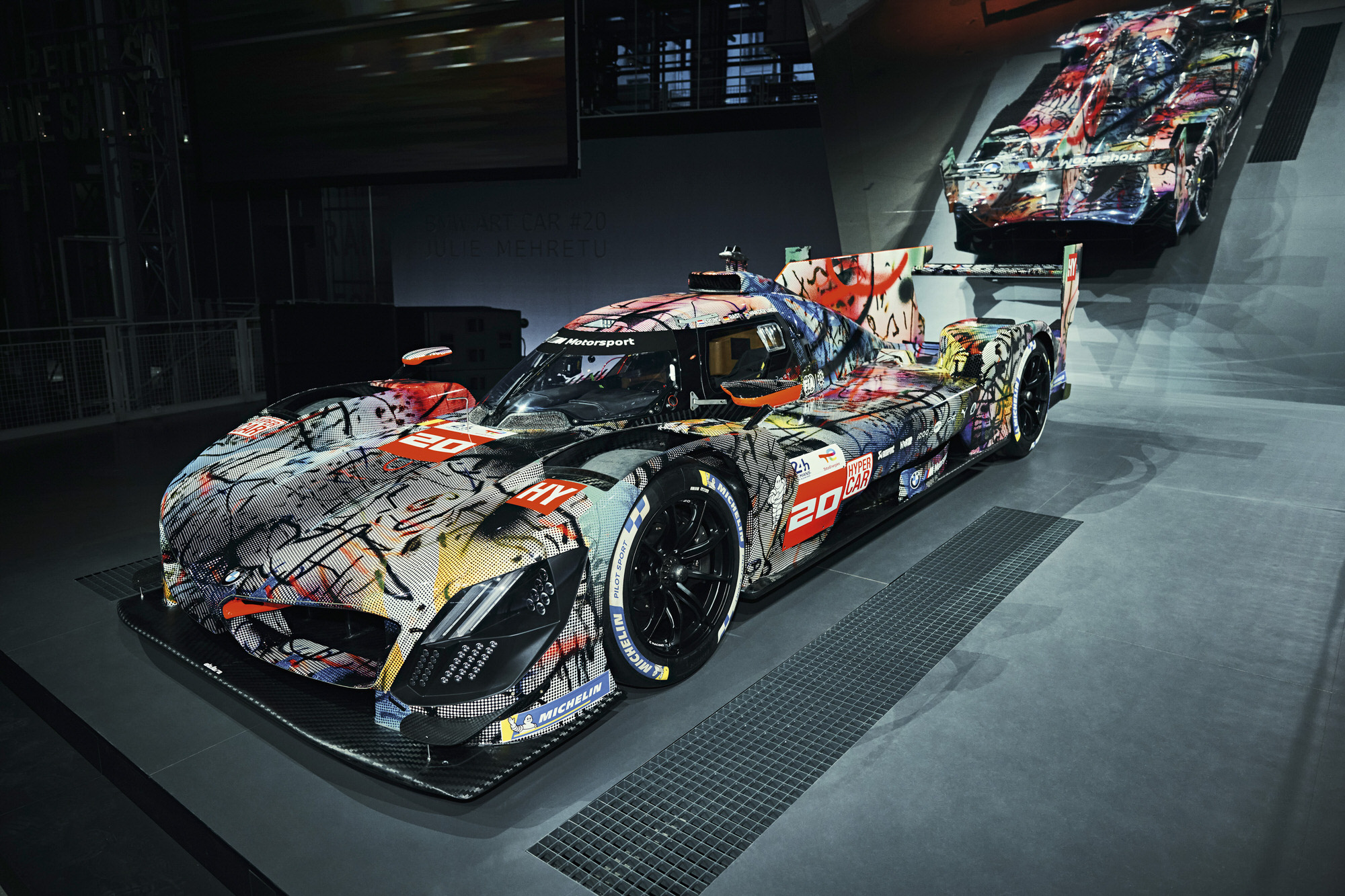
Suddenly the car looked like our galaxy shortly after the Big Bang. As if the Big Bang had abruptly come to a halt at the Centre Pompidou. Of course, the car will look completely different when it’s in motion. After the premiere, the BMW Art Cars usually have a big race before they end up as an exhibit in a museum. Julie Mehretu’s car took its 640 hp to this year’s 24 Hours of Le Mans, with its hybrid technology an indication of what serious racing cars might look like in the future.
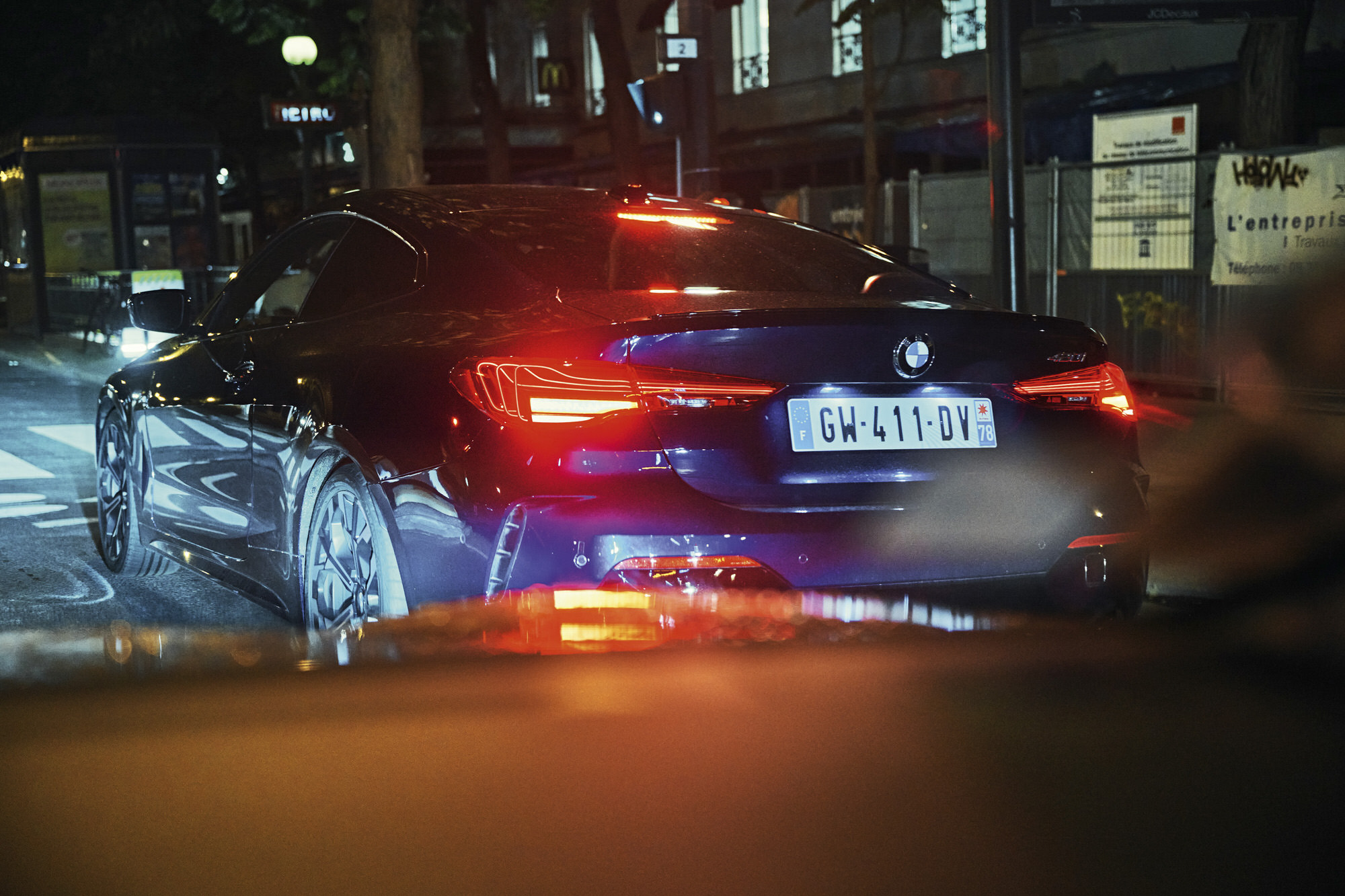
It would be interesting to see all twenty BMW Art Cars in one room, I thought during the premiere at the Centre Pompidou. That way you could trace the development of modern art through the decades. Actually, I had almost missed the ceremonial unveiling of the car, as the drive from the airport to the Pompidou took longer than the flight from Berlin to Paris – and the Olympic Games hadn’t even started here yet. Paris can turn any driver into a Buddhist. There’s no sense in getting all worked up about the traffic in the French capital, the Germans only do so out of a sense of duty. The city moves and sometimes the city stops, but not for long because everyone wants to go somewhere. Paris gives the impression that its inhabitants never rest, that they never sleep. Even at midnight you can get stuck in traffic here, especially if you drive around near the Eiffel Tower, that holiest of pilgrimage sites for selfie–snapping tourists. The Centre Pompidou, home to the Musée National d’Art Moderne, was actually closed for renovations, but for BMW the museum made an exception. Fast-car premieres happen pretty fast. The car was unveiled, and it looked to me as if it had just been driven at high speed through all the floors of the museum and through all the paintings, which then left more than a few traces on the vehicle. Just an hour later everyone present had already taken a hundred selfies with the car and the artist, the champagne had been drunk and all the snacks had been eaten. But I didn’t want to go to the hotel yet, and Paris is not a city to sleep in, especially if you’re only there for one night. So we decided to visit a few sights, which is easy to do in Paris, and took the photographer along with us on our little excursion.
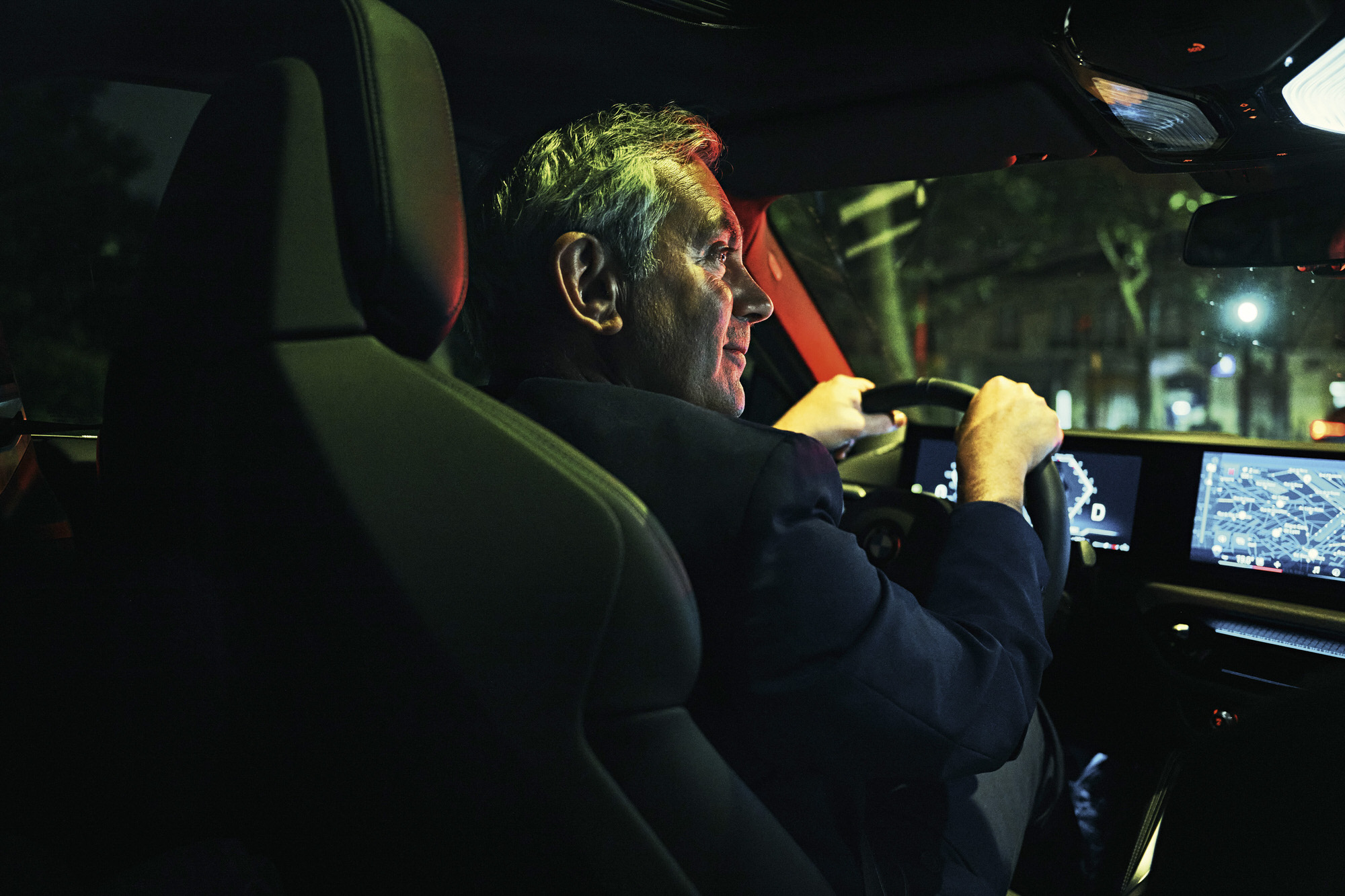
The entire city consists of landmarks, every brasserie is a work of art, every café has a history, Jean-Paul Sartre has eaten breakfast at every table in town. Perhaps another celebrity as well, an actor, a fashion designer, a musician or an artist. But around Boulevard Saint-Germain, it was all Jean-Paul Sartre, who singlehandedly succeeded in driving up the prices here to unbearable levels with his erstwhile bar hopping.
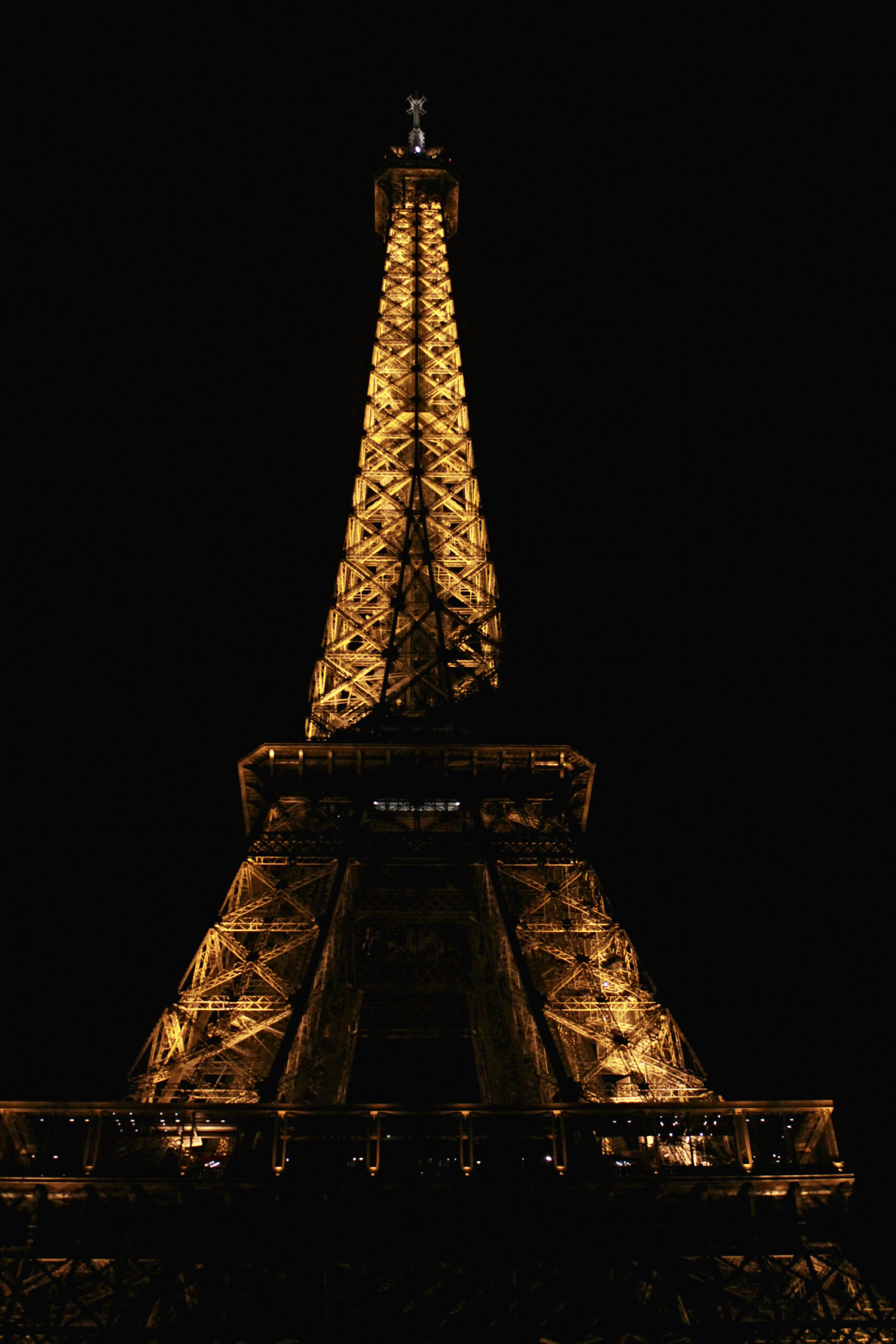
He had once had a drink at Café Flora, which is why everything there was now twice as expensive. We crossed the street and went to the Brasserie Lipp, but the prolific philosopher had had a drink there as well. We got the feeling that this Sartre had nothing else to do but to go from café to café and have a drink. That was probably the case. I trust the French; the French wouldn’t lie. It remains difficult to understand when Sartre had the time to write his thousand-page tomes with so many visits to the local pubs.
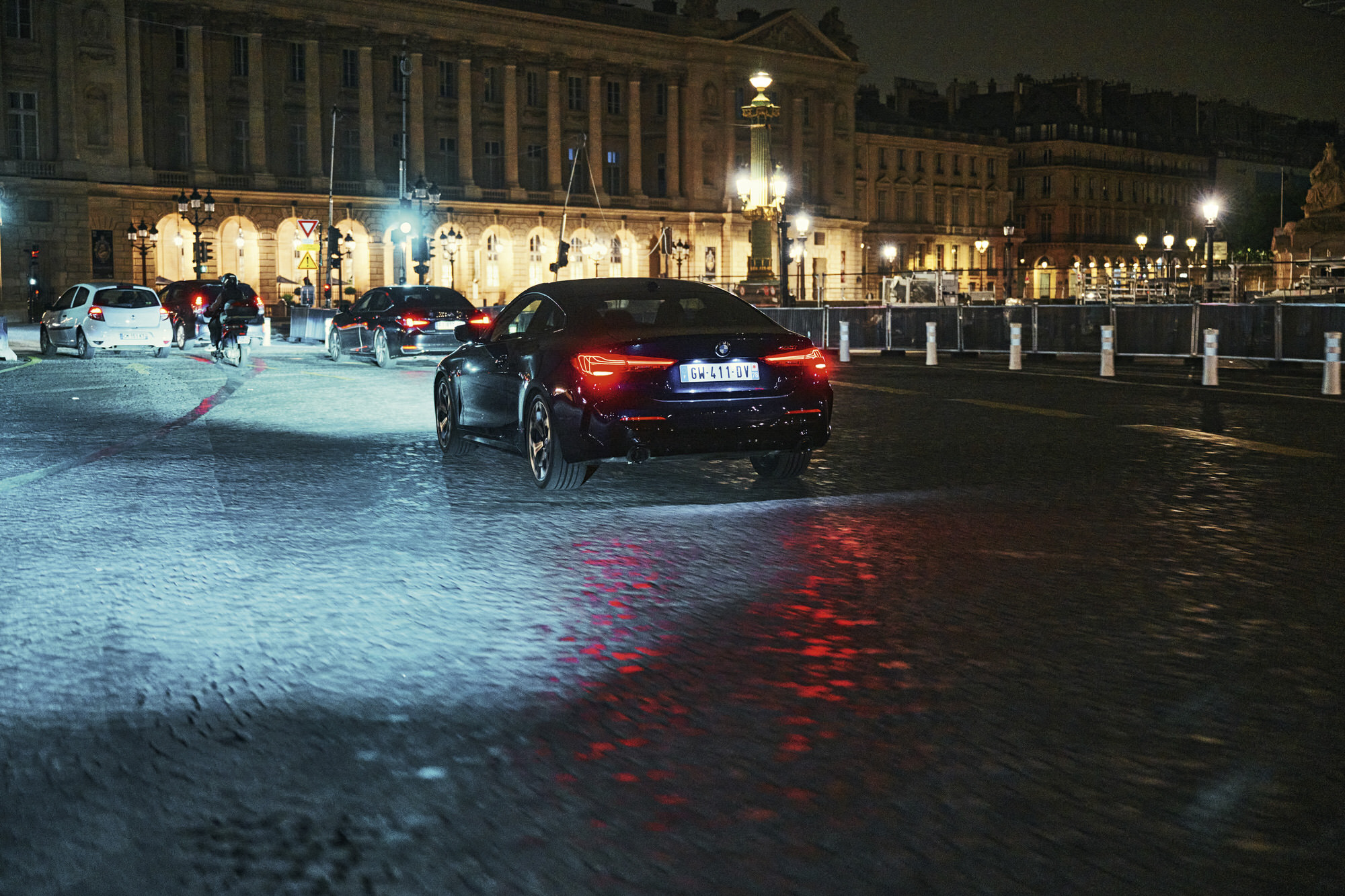
We quickly headed to the Eiffel Tower in our unpainted BMW. The light show there begins every hour after sunset, but only until one o’clock in the morning, and unfortunately it only last five short minutes.
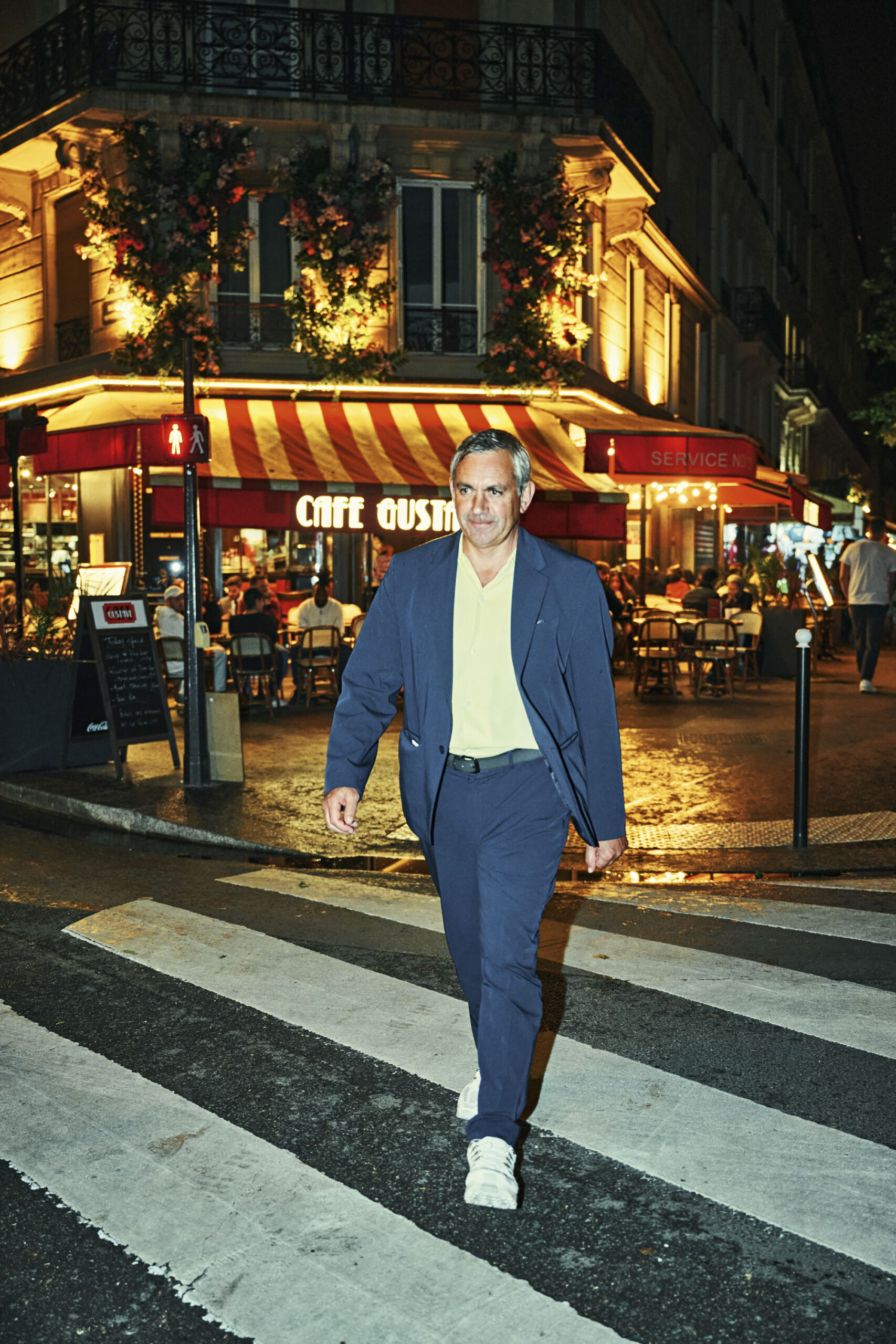 During these five minutes, about a thousand people try to take a selfie with the gleaming tower in the background: colorfully dressed groups of women from Southeast Asia, Arab princes with their shrouded harems, Russian oligarch brides in miniskirts on high heels, and mustachioed Albanians with golden chains. In other words: the whole world the way you know it from a Hollywood picture. All of these people are holding up their phones and flashing their flashes at the Eiffel Tower. Maybe that’s why it’s always so bright in Paris, especially near the Eiffel Tower, where you really get the feeling that everyone is out and about, that the whole world is painting the town red in Paris. Unlike the Germans, the French kitchens are also open at night. You can get something to eat anywhere at night, even if you don’t always understand what kind of food it is. I ordered a portion of escargots, but half of the shells were empty. They, too, had probably gone for a walk somewhere around town. Back at the hotel, I couldn’t fall asleep from all the Parisian excitement, so I switched on the TV. The television in our hotel had about two dozen channels from different countries. I zapped through the European media landscape. Almost all the programs featured singing and dancing, the Spanish and the Italian stations were all showing emotional, heart-wrenching drama series – women grabbing each other’s hair or trying to jump off a bridge, the men helping them to do so. Meanwhile, on a German channel, three young men were screwing together kitchen cupboards with great skill and under the supervision of a fat aunt. “The most important thing,” the aunt explained, “if you use a wooden frame for the sink is that the water doesn’t seep through.” Reassured, I fell asleep.
During these five minutes, about a thousand people try to take a selfie with the gleaming tower in the background: colorfully dressed groups of women from Southeast Asia, Arab princes with their shrouded harems, Russian oligarch brides in miniskirts on high heels, and mustachioed Albanians with golden chains. In other words: the whole world the way you know it from a Hollywood picture. All of these people are holding up their phones and flashing their flashes at the Eiffel Tower. Maybe that’s why it’s always so bright in Paris, especially near the Eiffel Tower, where you really get the feeling that everyone is out and about, that the whole world is painting the town red in Paris. Unlike the Germans, the French kitchens are also open at night. You can get something to eat anywhere at night, even if you don’t always understand what kind of food it is. I ordered a portion of escargots, but half of the shells were empty. They, too, had probably gone for a walk somewhere around town. Back at the hotel, I couldn’t fall asleep from all the Parisian excitement, so I switched on the TV. The television in our hotel had about two dozen channels from different countries. I zapped through the European media landscape. Almost all the programs featured singing and dancing, the Spanish and the Italian stations were all showing emotional, heart-wrenching drama series – women grabbing each other’s hair or trying to jump off a bridge, the men helping them to do so. Meanwhile, on a German channel, three young men were screwing together kitchen cupboards with great skill and under the supervision of a fat aunt. “The most important thing,” the aunt explained, “if you use a wooden frame for the sink is that the water doesn’t seep through.” Reassured, I fell asleep.
Text: Wladimir Kaminer
Photos:Oliver Gast
Production: Cedric Pfaus, Joana Mößmer
Videographer:Francisco Arruda De Almeid – ramp.pictures
rampstyle #32 Stay Cool
A professional survival tip for beginners: If you become lost and a search is initiated for you: Stay put. This may sound simple, but it is not. In stressful situations, our brain releases a substantial amount of norepinephrine into the relevant receptors, which unfortunately significantly impairs cognitive function. Find out more


